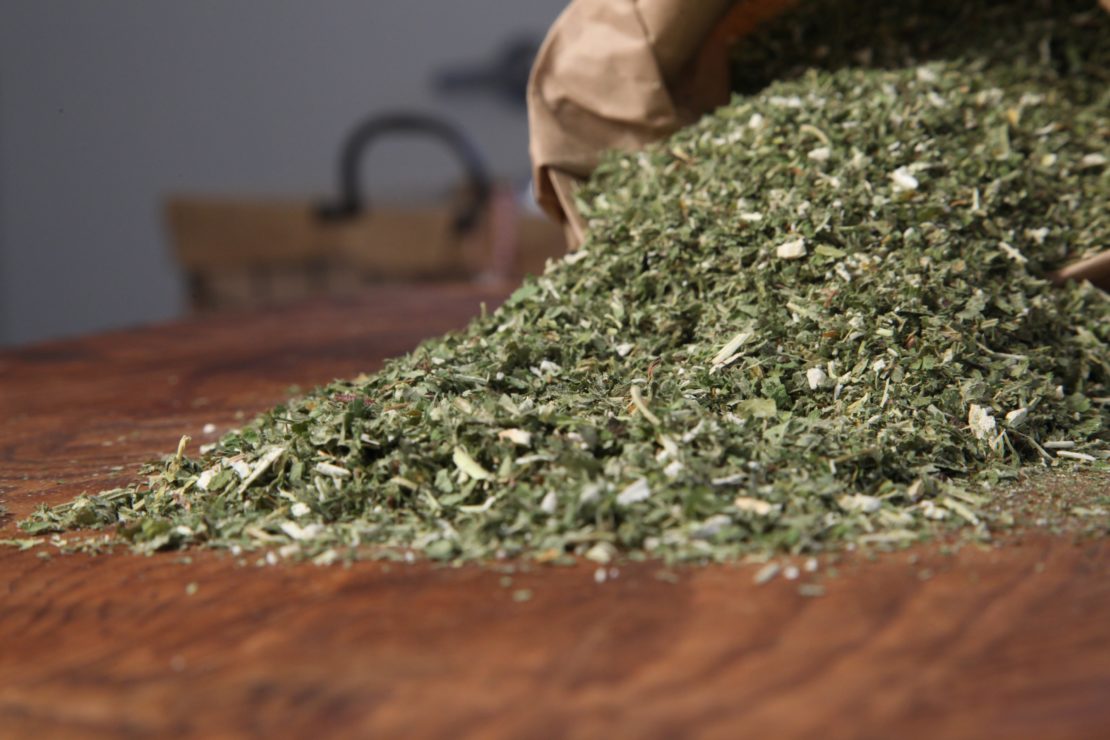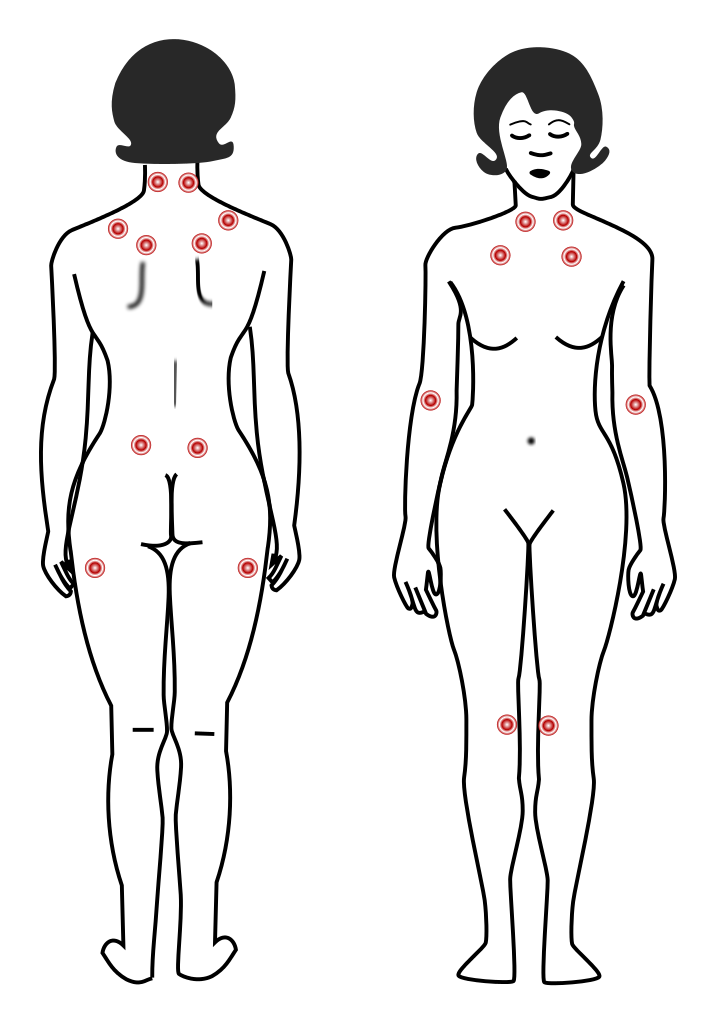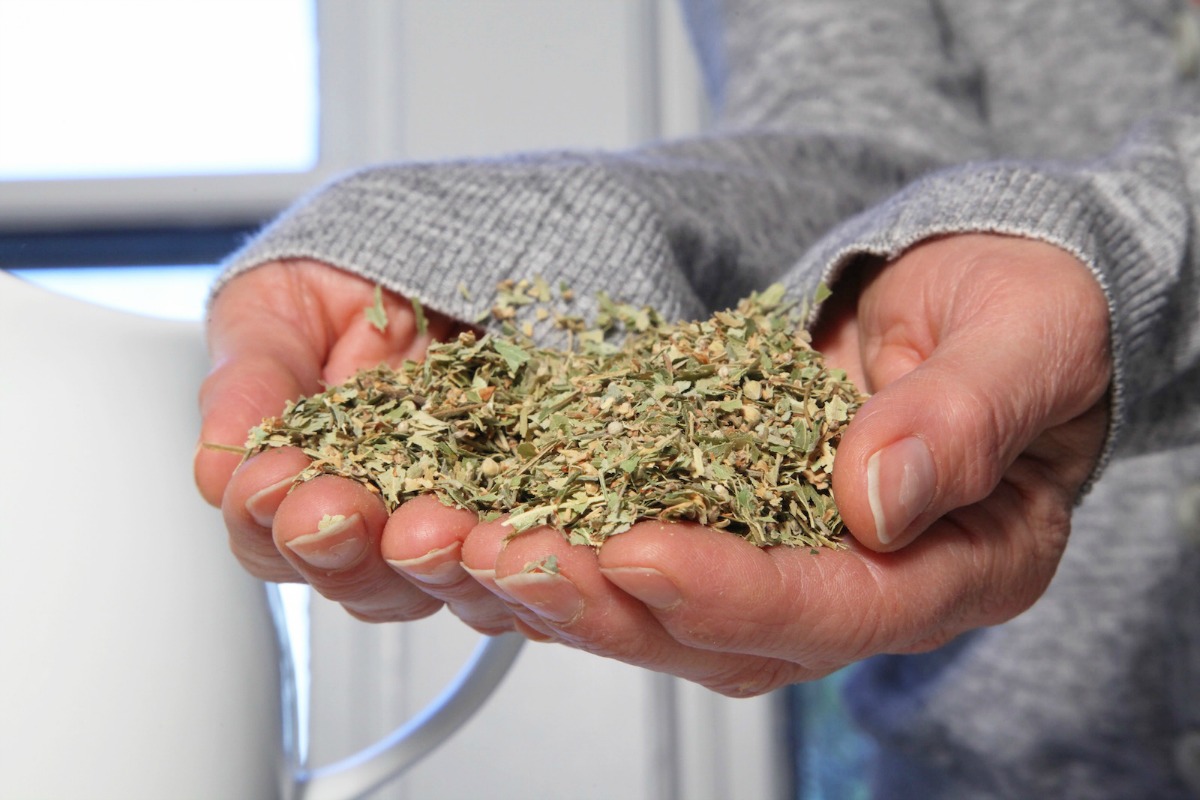
Herbs and the Chronic Pain Puzzle
In our series on herbalism and the problem of pain, we’ve already looked at An Herbal Perspective on Managing Pain, and at Herbalism and Acute Pain. Today, we will be investigating Herbs and the Chronic Pain Puzzle.
Just like a jigsaw puzzle, there are many smaller pieces that make up the big picture of what is happening when our bodies are in pain. Especially with chronic pain, there can be a combination of different things that contribute to the problem. Each piece of the puzzle needs to be considered when someone experiencing chronic pain wants to add herbs to the diet.
What Is Chronic Pain?
Aches and pains can come and go. Acute pain is usually temporary and it’s fairly easy to understand why it is happening (such as discomfort from a sprained ankle), and quick to resolve. Chronic pain, on the other hand, is any type of pain that lasts or recurs for more than six months (Blahd, 2016).
What Causes Chronic Pain?
Many different conditions can cause chronic pain, and some types of pain require some detective work to further pinpoint the behind the scenes mechanisms. Back pain, for instance, could be caused by many different factors such as poor posture, being overweight, improper form when lifting or carrying items at work or at home, aging of the spine, or a congenital condition in the structure of the spine (Derrer, 2016).
A doctor can help determine whether pain may be arising from a specific condition such as:
- An old injury
- Back problems
- Damage or inflammation of joints
- Tendinitis
- Fibromyalgia
- Nerve damage
- Infection
3 Ways We Experience Pain
Before learning which herbs can be supportive for someone experiencing chronic pain, it helps to understand a little more about how the nervous system is involved in the pain response.
1. Nociception
Nociception is the nervous system’s response to potentially harmful events.
There are two types of nociceptive pain:
- Somatic pain occurs in the skin, bones, ligaments, muscles, and joints. The nervous system in these areas is sensitive to heat, coldness, stretching, vibration, and inflammation. Somatic pain is usually localized, and if you move or touch the part of the body directly involved it will usually hurt more.
- Visceral pain involves the internal organs and is usually harder to pinpoint to a specific body part than somatic pain (it can sometimes seem like a general ache). The nervous system in these parts of the body can sense inflammation, stretch, and oxygen starvation (ischemia).
2. Inflammation
Inflammation plays a role in some types of pain. When the immune system becomes aware of something that is potentially harmful, it releases hormones and other inflammatory mediators as a response. These substances can trigger the nerves to send pain signals to the brain (IQWiG, 2015). In the case of autoimmune diseases like rheumatoid arthritis, the immune system may be targeting itself by mistake.
3. Neuropathy
Another type of pain, neuropathic pain, arises from the nervous system itself. Things like a pinched nerve, nerve damage, or an infection of the nerves can cause neuropathic pain. This type of pain can feel like numbness, tingling, or even hypersensitivity. Damage to the nerve causes it to misfire, and the brain interprets the disrupted signals as pain (Blahd, 2016).
Herbs and the Chronic Pain Puzzle
Finding the underlying cause of pain is important for clients because chronic pain can be an indication of serious medical conditions.
Under a doctor’s supervision, herbs can be added to the diet via teas and supplements to offer support for nervous system health and a healthy inflammatory response. Herbs are best used as part of an overall healthy lifestyle, and that is just as true of herbs and a holistic approach to pain management as it is of other health imbalances.
The Emotional Link to Pain
Chronic pain can take an emotional toll that can actually make the pain worse (Blahd, 2016). Negative feelings like anxiety, anger, and depression can decrease levels of natural painkillers in the body and increase substances in the body that amplify pain signals (Blahd, 2016), so herbs that offer gentle emotional support may be useful to some people.
It’s also important to realize that, at its heart, herbalism is about matching herbs to people, not applying a given herb to match a diagnosis. Understanding what is going on in terms of a Western medical perspective is important, but herbalists look at the whole person.
In An Herbal Perspective on Managing Pain, you can read about understanding pain from an energetic and constitutional viewpoint, and learn about how an herbalist can describe what our bodies are trying to express through pain. For more information on how herbs can fit in the chronic pain puzzle, watch for our next article in this series, 12 Traditional Pain Relieving Herbs.
REFERENCES
Blahd, William. (2016). Chronic Pain Management: What is Chronic Pain? WebMD. Retrieved From: http://www.webmd.com/pain-management/guide/understanding-pain-management-chronic-pain
Derrer, David. (2016). What Causes Chronic Pain? WebMD. Retrieved From http://www.webmd.com/pain-management/guide/cause-chronic-pain
Institute for Quality and Efficiency in Health Care (IQWiG). (2015) What is an Inflammation? US National Library of Medicine. Retrieved from: http://www.ncbi.nlm.nih.gov/pubmedhealth/PMH0072482/
Nordqvist, Christian. (2016). What is Pain? What Causes Pain? Medical News Today. Retrieved From: http://www.medicalnewstoday.com/articles/145750.php










